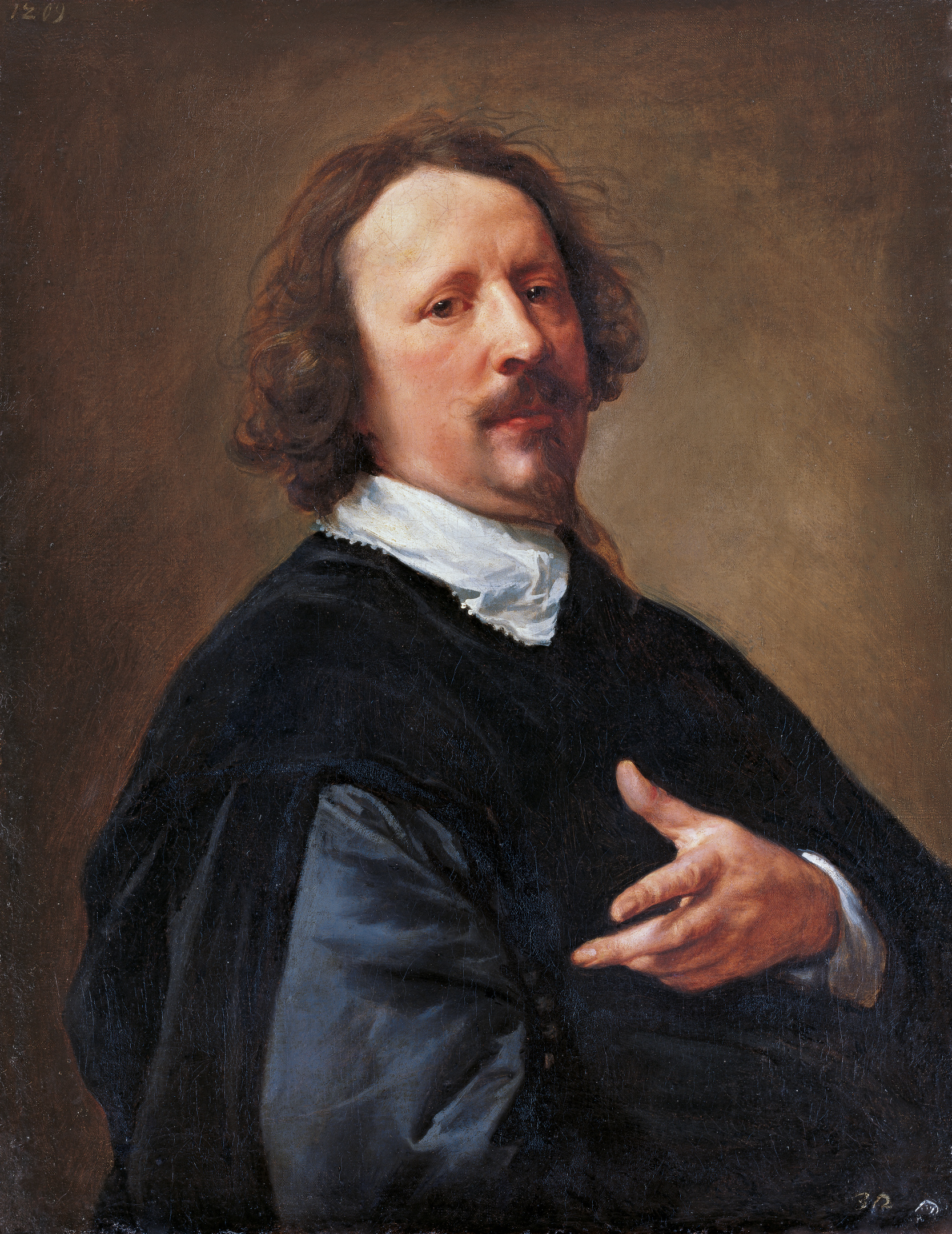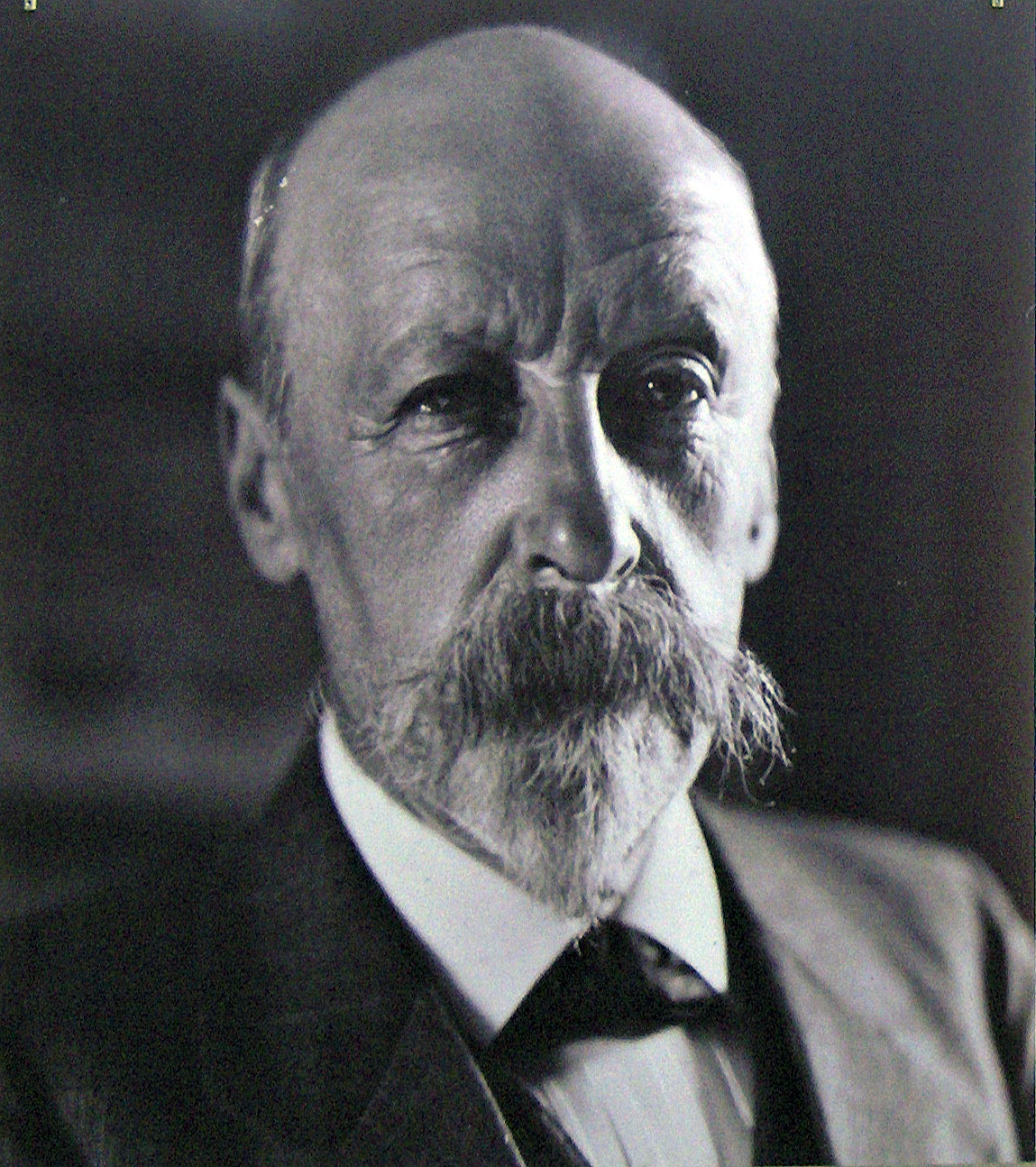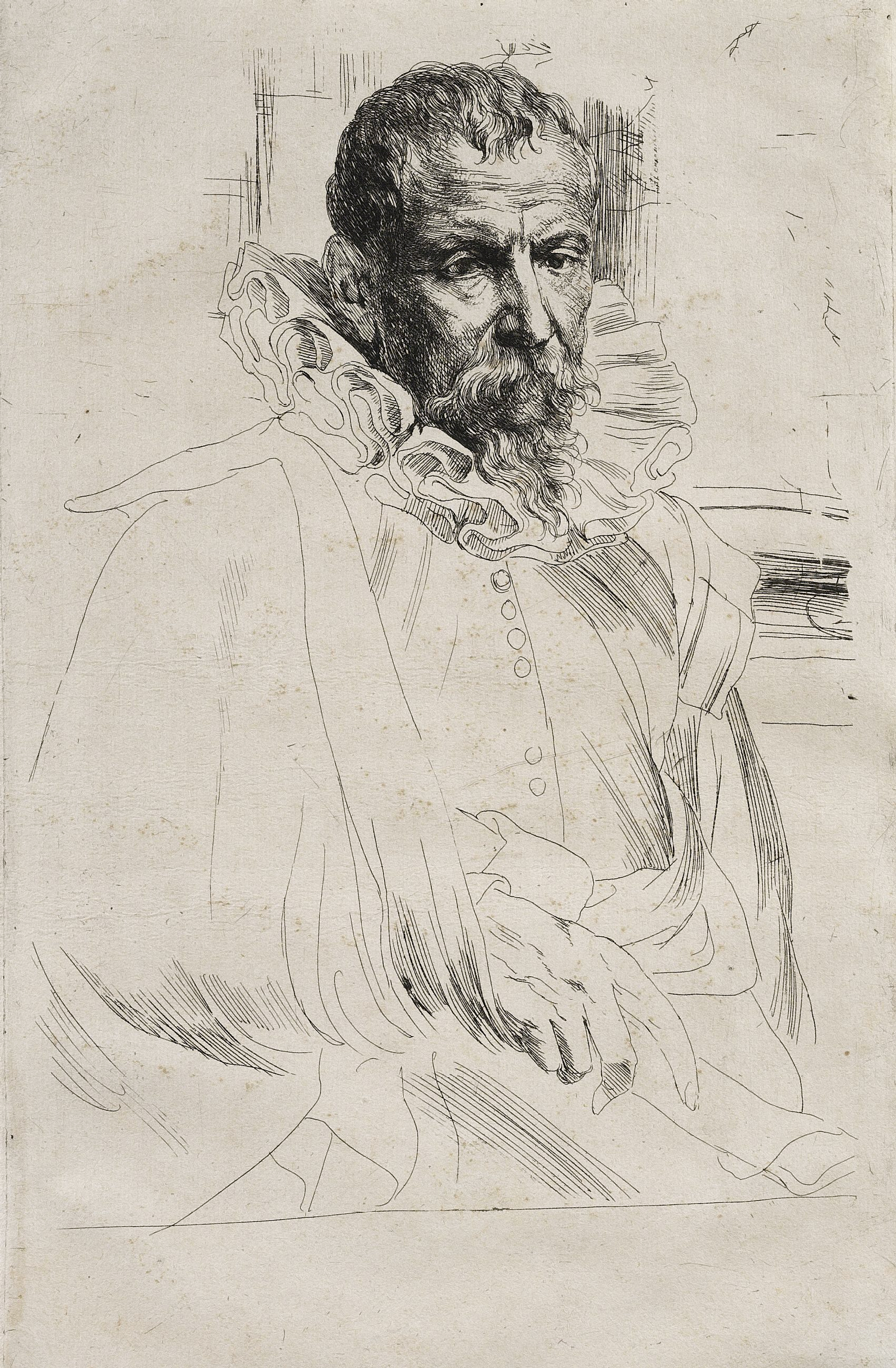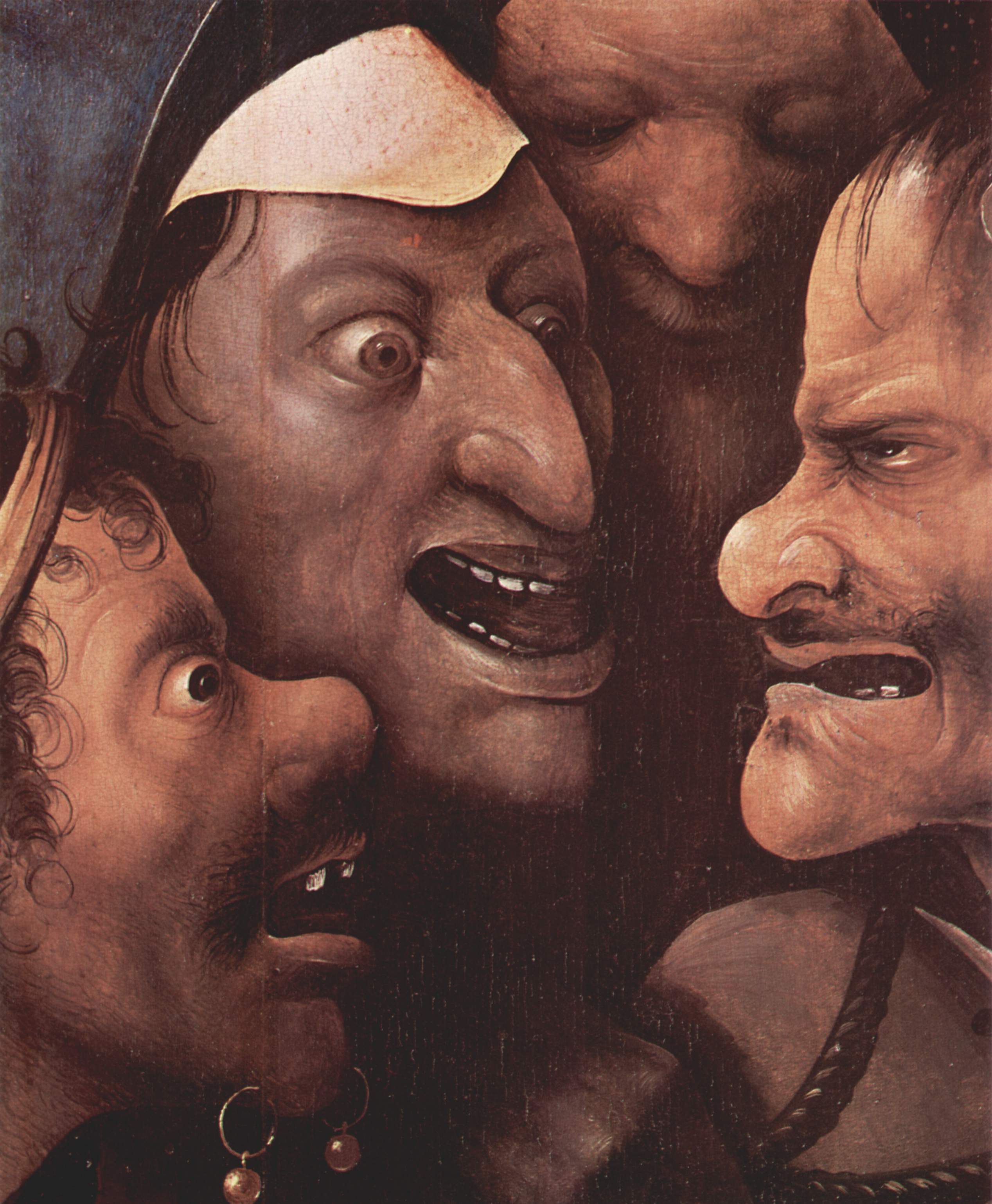|
Museum Of Fine Arts, Ghent
The Museum of Fine Arts ( nl, Museum voor Schone Kunsten, MSK) an art museum in Ghent, Belgium, is situated at the East side of the Citadelpark (near the Stedelijk Museum voor Actuele Kunst). The museum's collection consists of some 9000 artworks, dating from the Middle Ages to the 20th century. Over 600 works can be found on display permanently, with the collection largely focusing on Flemish Art (Southern Netherlands). It also houses several European- especially French- paintings, in addition to a large amount of sculptures. Next to its permanent collection the museum organises temporary exhibitions. Between March 2011 and January 2021, the museum conducted 41 exhibitions. The building was designed by city architect Charles van Rysselberghe around 1900. In 2007 the museum reopened after four years of restoration. The museum is a member of The Flemish Art Collection. This is a structural partnership joining the three main museums of fine arts in Flanders: Royal Museum of Fine ... [...More Info...] [...Related Items...] OR: [Wikipedia] [Google] [Baidu] |
Ghent
Ghent ( nl, Gent ; french: Gand ; traditional English: Gaunt) is a city and a municipality in the Flemish Region of Belgium. It is the capital and largest city of the East Flanders province, and the third largest in the country, exceeded in size only by Brussels and Antwerp. It is a port and university city. The city originally started as a settlement at the confluence of the Rivers Scheldt and Leie and in the Late Middle Ages became one of the largest and richest cities of northern Europe, with some 50,000 people in 1300. The municipality comprises the city of Ghent proper and the surrounding suburbs of Afsnee, Desteldonk, Drongen, Gentbrugge, Ledeberg, Mariakerke, Mendonk, Oostakker, Sint-Amandsberg, Sint-Denijs-Westrem, Sint-Kruis-Winkel, Wondelgem and Zwijnaarde. With 262,219 inhabitants at the beginning of 2019, Ghent is Belgium's second largest municipality by number of inhabitants. The metropolitan area, including the outer commuter zone, covers an area of and had ... [...More Info...] [...Related Items...] OR: [Wikipedia] [Google] [Baidu] |
Abraham Van Beijeren
Abraham Hendriksz van Beijeren or Abraham van BeyerenAlso known as 'Abraham van Bergaren (c. 1620, The Hague – March 1690, Overschie (Rotterdam)) was a Dutch Baroque painter of still lifes. Little recognized in his day and initially active as a marine painter, he is now considered one of the most important painters of still lifes, and still lifes of fish and so-called ' pronkstillevens', i.e. sumptuous still lifes of luxurious objects.Peter C. Sutton, Dutch & Flemish Painti ... [...More Info...] [...Related Items...] OR: [Wikipedia] [Google] [Baidu] |
Anthony Van Dyck
Sir Anthony van Dyck (, many variant spellings; 22 March 1599 – 9 December 1641) was a Brabantian Flemish Baroque artist who became the leading court painter in England after success in the Southern Netherlands and Italy. The seventh child of Frans van Dyck, a wealthy Antwerp silk merchant, Anthony painted from an early age. He was successful as an independent painter in his late teens, and became a master in the Antwerp guild in 1618. By this time he was working in the studio of the leading northern painter of the day, Peter Paul Rubens, who became a major influence on his work. Van Dyck worked in London for some months in 1621, then returned to Flanders for a brief time, before travelling to Italy, where he stayed until 1627, mostly in Genoa. In the late 1620s he completed his greatly admired ''Iconography'' series of portrait etchings, mostly of other artists. He spent five years in Flanders after his return from Italy, and from 1630 was court painter for the arch ... [...More Info...] [...Related Items...] OR: [Wikipedia] [Google] [Baidu] |
Gustave Den Duyts
Gustave Den Duyts or Gustaaf Den Duyts (22 October 1850 - 13 February 1897) was a Belgian painter, watercolourist, pastelist, etcher and graphic artist, known for his landscapes, cityscapes, marines and still lifes.Gustave Den Duyts at the Netherlands Institute for Art History Den Duyts was also active as a designer of floats for historical parades. Biography He was born in Ghent into an art-loving family, the son of draughtsman Charles Den Duyts. His grandfather Frans Den Duyts was appointed in 1824 as Custodian of Collections of the (newly founded) Ghent University and in 1832 as Custodian of the Collection of Commemorative Medals and Antiquities of the University. In that role he had published a book on old coins and commemorative medals which he illustrated with lithographs designed by his son Charles (the ...[...More Info...] [...Related Items...] OR: [Wikipedia] [Google] [Baidu] |
Paul Delvaux
Paul Delvaux (; 23 September 1897 – 20 July 1994) was a Belgian painter noted for his dream-like scenes of women, classical architecture, trains and train stations, and skeletons, often in combination. He is often considered a surrealist, although he only briefly identified with the Surrealist movement. He was influenced by the works of Giorgio de Chirico and René Magritte, but developed his own fantastical subjects and hyper-realistic styling, combining the detailed classical beauty of academic painting with the bizarre juxtapositions of surrealism. Throughout his long career, Delvaux explored "Nude and skeleton, the clothed and the unclothed, male and female, desire and horror, eroticism and death – Delvaux's major anxieties in fact, and the greater themes of his later work ... Early life and education Delvaux was born on 23 September 1897 in Antheit (now part of Wanze) in the Belgian province of Liège. His parents lived in Brussels, but his mother went to her own mo ... [...More Info...] [...Related Items...] OR: [Wikipedia] [Google] [Baidu] |
Gaspar De Crayer
Gaspar de Crayer or Jasper de CrayerName variations: Caspar de Crayer and Gaspard de Crayer (18 November 1584 – 27 January 1669) was a Flemish painter known for his many Counter-Reformation altarpieces and portraits. He was a court painter to the governors of the Southern Netherlands and worked in the principal cities of Flanders where he helped spread the Rubens style.Gaspar de Crayer at the Hans Vlieghe. "Crayer, Gaspar de." Grove Art Online. Oxford Art Online Oxford University Press ...
[...More Info...] [...Related Items...] OR: [Wikipedia] [Google] [Baidu] |
Emile Claus
Emile Claus (27 September 1849 – 14 June 1924) was a Belgian painter. Life Emile Claus was born on 27 September 1849, in Sint-Eloois-Vijve, a village in West Flanders (Belgium), at the banks of the river Lys. Emile was the twelfth child in a family of thirteen. Father Alexander was a grocer-publican and for some time town councillor. Mother Celestine Verbauwhede came from a Brabant skipper’s family and had her hands full with her offspring. As a child, Emile already loved drawing and on Sunday went three kilometres on foot to the Academy of Waregem (the neighbouring town) to learn how to draw. He graduated from the Academy with a gold medal. Although father Claus allowed him to take drawing classes, he did not fancy an artist's career for his son. Instead, he sent Emile as a baker’s apprentice to Lille (France). Emile learned French there but the job of a baker clearly did not appeal to him. He also worked for some time with the Belgian Railways and as a representative ... [...More Info...] [...Related Items...] OR: [Wikipedia] [Google] [Baidu] |
Pieter Brueghel The Younger
Pieter Brueghel (also Bruegel or Breughel) the Younger (, ; ; between 23 May and 10 October 1564 – between March and May 1638) was a Flemish painter, known for numerous copies after his father Pieter Bruegel the Elder's work as well as his original compositions. The large output of his studio, which produced for the local and export market, contributed to the international spread of his father's imagery. Traditionally Pieter Brueghel the Younger has been nicknamed "de helse Brueghel" or "Hell Brueghel" because it was believed he was the author of several paintings with fantastic depictions of fire and grotesque imagery. These paintings have now been attributed to his brother Jan Brueghel the Elder.Alexander Wied and Hans J. Van Miegroet. "Jan Breughel I." Grove Art Online. Oxford Art Online. Oxford University Press. Web. 11 July 2014.Larry Silver, ''Peasant Scenes and Landscapes: The Rise of Pictorial Genres in the Antwerp Art Market'', University of Pennsylvania Press, ... [...More Info...] [...Related Items...] OR: [Wikipedia] [Google] [Baidu] |
Jan De Bray
Jan de Bray (c. 1627 – April 4, 1697) was a Dutch Golden Age painter. He lived and worked in Haarlem until the age of 60, when he went bankrupt and moved to Amsterdam. Jan de Bray was influenced by his father Salomon de Bray, and the portraitists Bartholomeus van der Helst, and Frans Hals. De Bray's works are mainly portraits, often of groups, and history paintings. He specialised in combining the two genres in the portrait historié, portraits of historical figures using contemporary figures, including himself and his family. Among his finest works are two versions of the ''Banquet of Cleopatra'', using his own family, including himself, as models (Royal Collection, 1652, and Currier Museum of Art, New Hampshire, 1669). The second version has great pathos, as most of those depicted had died in the plague of 1663–4. Biography Jan de Bray was born in Haarlem. According to Houbraken he was the most famous pupil of his father, the architect and poet Salomon de Bray. [...More Info...] [...Related Items...] OR: [Wikipedia] [Google] [Baidu] |
Ferdinand De Braekeleer The Elder
Ferdinand de Braekeleer (Antwerp, 12 February 1792 – Antwerp, 16 May 1883), sometimes spelled as Ferdinand de Braeckeleer, was a Flanders, Flemish painter and printmaker.Ferdinand De Braekeleer (I) at the Netherlands Institute for Art History He is known for his paintings of Genre painting, genre scenes, church interiors, History painting, historic events, religious scenes, cityscapes, market scenes and market still lifes. He is called 'the Elder' to distinguish him from his son with the same name, who was also a painter.Henri Hymans, ''Ferdinand de Braekeleer, 1792-1883 : notice biographique'' F. Hayez, Brussels, 1884 [...More Info...] [...Related Items...] OR: [Wikipedia] [Google] [Baidu] |
Christ Carrying The Cross (Bosch, Ghent)
''Christ Carrying the Cross'' is a painting attributed to a follower of Hieronymus Bosch. It was painted in the early 16th century, presumably between 1500 and 1535. The work is housed in the Museum of Fine Arts in Ghent, Belgium. The painting is notable for its use of caricature to provide grotesque-looking faces surrounding Jesus. History The work was bought by the Museum of Fine Arts, Ghent in 1902, and was restored in 1956–1957. As for all Bosch related works, the dating is uncertain, although most art historians assigned it to his late career. The catalogue of the Bosch exhibition held in Rotterdam in 2001 assigned it 1510–1535, attributing the execution to an imitator. According to one of the authors, Bernard Vermet, that it is not as typical for Bosch is generally accepted and he finds it hard to believe that it was painted by the same painter as the '' Christ Crowned with Thorns'' in the National Gallery in London. Moreover, the colours remind him of the Mannerists ... [...More Info...] [...Related Items...] OR: [Wikipedia] [Google] [Baidu] |
Hieronymus Bosch
Hieronymus Bosch (, ; born Jheronimus van Aken ; – 9 August 1516) was a Dutch/Netherlandish painter from Brabant. He is one of the most notable representatives of the Early Netherlandish painting school. His work, generally oil on oak wood, mainly contains fantastic illustrations of religious concepts and narratives. Within his lifetime his work was collected in the Netherlands, Austria, and Spain, and widely copied, especially his macabre and nightmarish depictions of hell. Little is known of Bosch's life, though there are some records. He spent most of it in the town of 's-Hertogenbosch, where he was born in his grandfather's house. The roots of his forefathers are in Nijmegen and Aachen (which is visible in his surname: Van Aken). His pessimistic fantastical style cast a wide influence on northern art of the 16th century, with Pieter Bruegel the Elder being his best-known follower. Today, Bosch is seen as a hugely individualistic painter with deep insight into ... [...More Info...] [...Related Items...] OR: [Wikipedia] [Google] [Baidu] |











